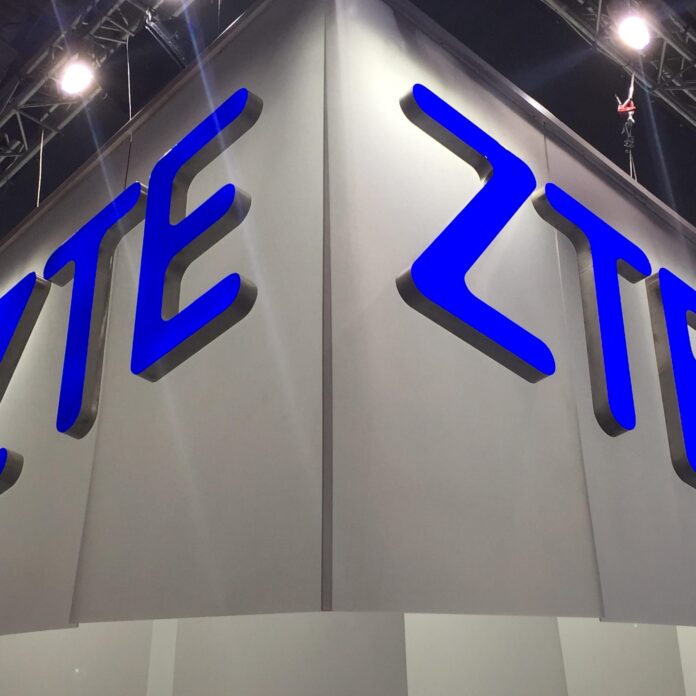Chinese vendor ZTE Corporation has released its 5G Indoor White Paper, which elaborates on the 5G-oriented evolution strategies and various indoor solutions.
According to the white paper, the deployment of 5G indoor networks should focus on a flexible and capable network infrastructure, along with highly efficient O&M and support of diverse and demanding new services.
To meet the requirements on diversified 5G indoor coverage services, diversified deployment scenarios, and differentiated network capabilities, the existing indoor coverage solutions need to be evolved and optimized towards 5G, the vendor said.
Firstly, in terms of using outdoor signal for indoor coverage, the white paper suggests that innovative 5G technologies should be leveraged together with small cell for indoor enhancement. Secondly, regarding the traditional DAS system, multi-channel joint DAS technology can improve the system capacity, ZTE said.
Also, regarding digital indoor distribution systems, ZTE highlighted that an enhanced digital indoor distribution solution can further improve network performance, reduce deployment cost, improve O&M efficiency, and open service capabilities.
According to ZTE?s white paper, the future 5G indoor technologies will offer more network capabilities to better support a great variety of 5G terminals, increasingly personalized services, multi-band and higher-band deployment, and heterogeneous network convergence.
To date, more than two million units of ZTE’s QCell have been deployed across the globe, of which 350,000 units are 5G QCell.
?In China, there are a large number of buildings (airports, stadiums, large shopping malls) using ZTE?s 5G QCell solution. It not only supports multi-mode and multi-frequency, but also features low power consumption,? ZTE?s vice director of 5G product line, Li Xiaotong previously told In-Building Tech.
The executive said that the solution can solve the problem of indoor coverage of multiple operators with a one-time deployment. ?The building owners also embrace ZTE?s 5G QCell because it can provide indoor positioning, HD video surveillance, gaming, advertisement promotion and other services, thereby serving end users in a fast and stable manner,? Li Xiaotong said.
Commenting on the in-building wireless market in China, the executive ad said that a growing number of venues are deploying wireless solutions for indoor connectivity.
?The fastest growing demands are in SME scenarios, such as cafes, restaurants and hotels,? said Li Xiaotong. ?Unlike large venues, such areas have fewer users and smaller coverage area, but higher requirements for cost and service support. Managers and staff are increasingly aware that the 5G indoor solution for internal communications and services can significantly improve operational efficiency and lower costs, therefore, such demands will emerge and the 5G indoor solution will replace the existing traditional ways of communication,? he added.
He also said that another fast-growing segment is enterprise applications, such as government departments and hospitals. ?For such customers, the need for industry-specific services, such as information monitoring, HD video, Internet of Things, outweighs the pressure to reduce costs. The large-scale deployment of these applications will drive the need for 5G indoor coverage.?
ZTE also offers a distributed antenna solution (DAS) solution, which can be applied in different scenarios than the QCell solution.

